Genres Danzon, cha-cha-cha Name Guillermo Rubalcaba | Role Composer Children Gonzalo Rubalcaba | |
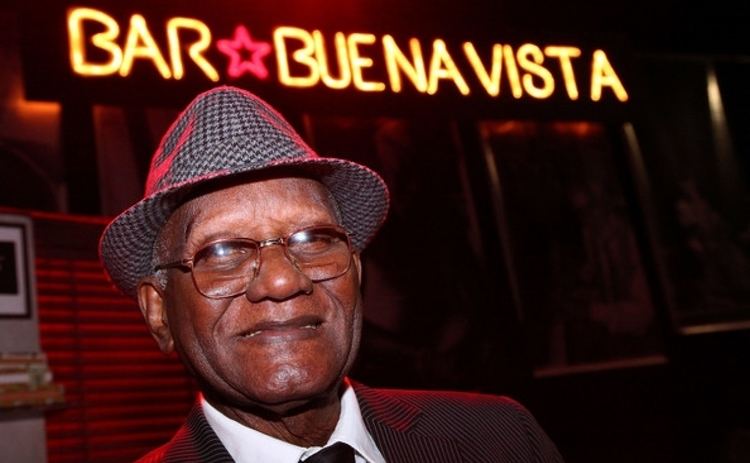 | ||
Birth name Guillermo Gonzalez Camejo Born January 10, 1927Pinar del Rio, Pinar del Rio, Cuba ( 1927-01-10 ) Albums Noches Cubanas en el Cafe del Mar, Pasado y Presente Associated acts Similar People Luis Frank, Reinaldo Creagh, Ignacio Pineiro, Septeto Nacional, Charanga latina | ||
Ray holman guillermo rubalcaba voz rubalcaba plenty lovin
Guillermo Rubalcaba (January 10, 1927 – September 7, 2015) was a Cuban pianist, bandleader, composer and orchestrator specialising in danzón and cha-cha-cha music genres.
Contents
- Ray holman guillermo rubalcaba voz rubalcaba plenty lovin
- Guillermo rubalcaba mov
- Early years
- Rise to fame
- Later years and death
- Awards and honours
- Discography
- References

Born as Guillermo González Camejo in the town of Pinar del Río, as the son of Jacobo González Rubalcaba he adopted his father's maternal name for professional purposes. Besides, Guillermo Rubalcaba was the father of Latin jazz pianist Gonzalo Rubalcaba.
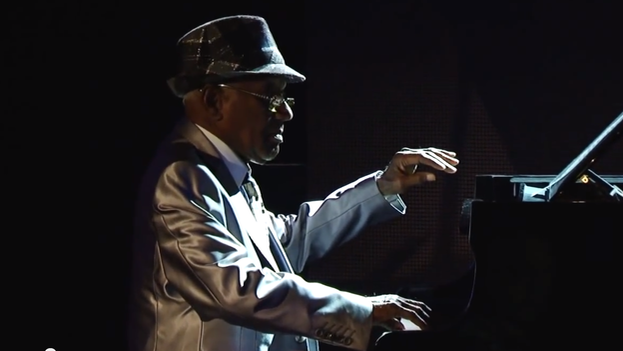
Guillermo rubalcaba mov
Early years
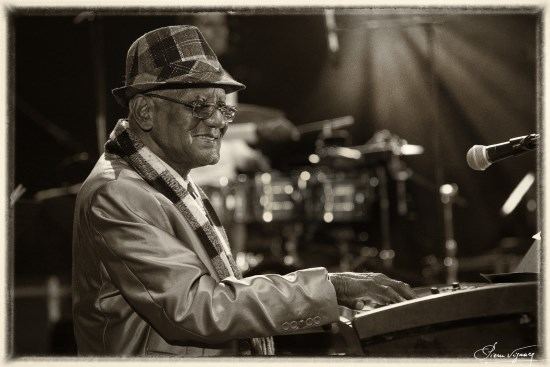
Rubalcaba received formal musical training from his father, Jacobo Rubalcaba, a talented multi-instrumentalist and also one of the first charanga bandleaders to spread the danzón in the western region of Cuba. Likewise, his father composed the legendary danzón El Cadete Constitucional, which has been recorded by countless performers for a long time. Rubalcaba studied at the Orbón Conservatory, where he learned to play not only the piano, but also the violin, the clarinet and the saxophone. At age 15 he became the violinist in the Ases del Ritmo orchestra, later playing in the CMQ radio orchestra and in Ñico Suárez's band. On saxophone he performed in the Montecarlo orchestra and as part of Los Churumbeles.
Rise to fame

Not long after moving to Havana, Guillermo Rubalcaba worked as pianist accompanist for famous singers such as Elena Burke, Blanca Rosa Gil and Omara Portuondo, and also developed a close relationship with veteran flutist Richard Egües, who recommended him to violinist and cha-cha-cha bandleader Enrique Jorrín.
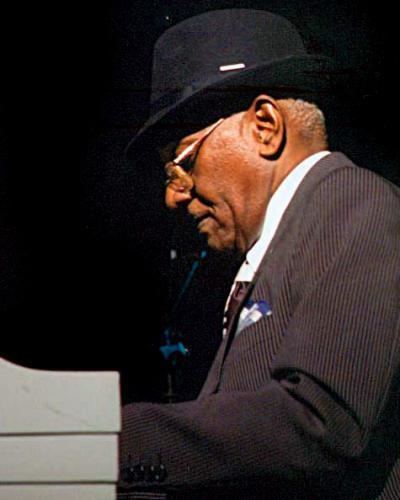
In 1964 Rubalcaba joined the Jorrín orchestra in a tour scheduled in several countries of Africa and Europe. He then found himself on the move again, this time through North, Central and South America, which included a stop in the Expo 67 held in Montreal, Quebec, Canada, until he entered the Charanga Típica de Concierto in 1968, invited by musicologist Odilio Urfé. The purpose of the band was to preserve the danzón tradition in its original form. Rubalcaba became the pianist and later the conductor of the ensemble, which in 1973 became known as the Charanga Rubalcaba. In 1987, the Charanga Rubalcaba released its most successful album, Vivencias, which featured Barbarito Díez and Tito Gómez, two of the most significant voices of the danzón and cha-cha-cha in Cuban music history.
Later years and death
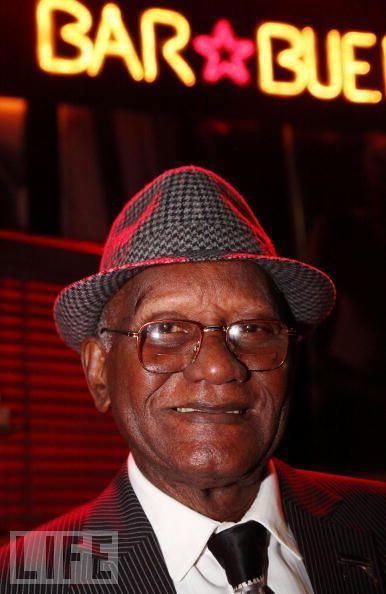
In the 1990s, Rubalcaba became a member of several touring groups of veteran musicians who emerged in the wake of the success of the Buena Vista Social Club and Afro-Cuban All Stars groups. In between, he collaborated with Jane Bunnett in her recording project Cuban Odyssey (2002).
Latterly, Rubalcaba ran and directed his orchestra named after him, in which he was also the pianist. Rubalcaba's career more than that of any danzonero has lived the period of early revolutionary effervescence, lethargy, and slow revival in recent times. Rubalcaba died on September 7, 2015 in Havana, and was buried at the Cristóbal Colón Cemetery.
